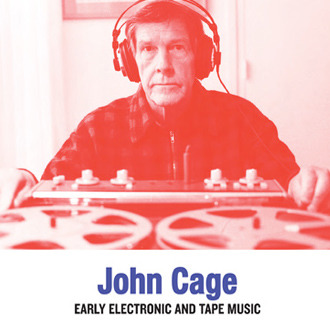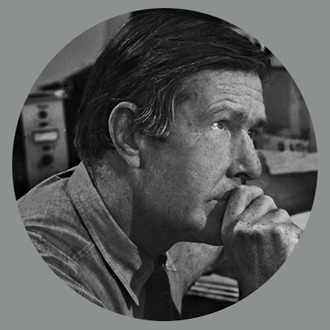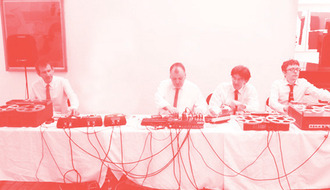- futura flash
- CONTACT US
- JOHN CAGE
Early Electronic And Tape Music 
'I believe the use of noise to make music will continue and increase until we reach a music produced through the aid of electrical instruments which will make available for musical purposes any and all sounds that can be heard.' John Cage 1937

Although John Cage occasionally worked in large, sophisticated studios - for example, when he composed Fontana Mix in 1958 - his approach to electronic and tape music was often uncomplicated, makeshift, and pragmatic, employing simple tabletop devices: tape machines, phonograph cartridges, contact microphones, record players, portable radios, etc. He developed a soundworld that was utterly new, radical and demanding. It heralded the age of the loudspeaker, mass communication and Marshall McLuhan's 'global village.' The hiss, crackle and hum of electronic circuits, and the disembodied sounds, snatched by radio from the ether, spoke of the 20th century.

Langham Research Centre works within the tradition firmly established by Cage, using resources that would have been available to him. For the realisation of Cartridge Music, moving iron phonograph pickups were sourced and restored. These have a knurled screw designed to hold a steel phonograph needle and, in the piece, other objects are inserted and amplified: pieces of wire, toothpicks, paperclips, etc. The realisation of Fontana Mix includes the individual mono tracks from Cage's original tapes created in 1958. These are played using open-reel tape machines. These practices ensure we work within the limitations that Cage experienced and enable us to get close to the soundworld he inhabited.
(Robert Worby, LRC)